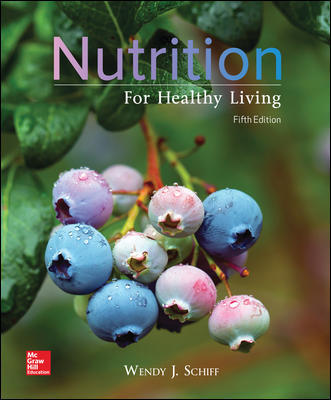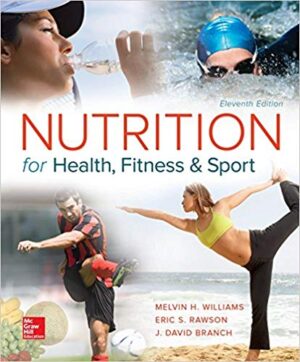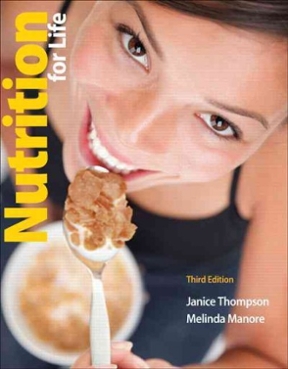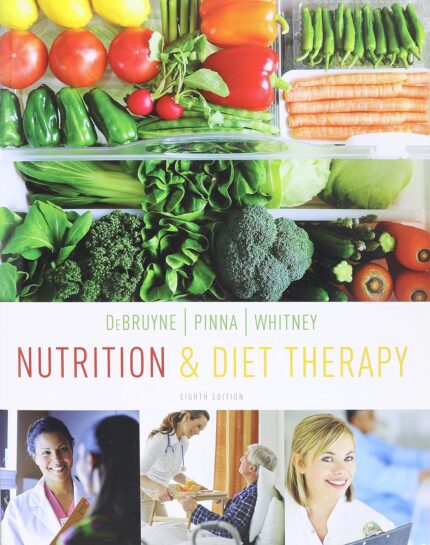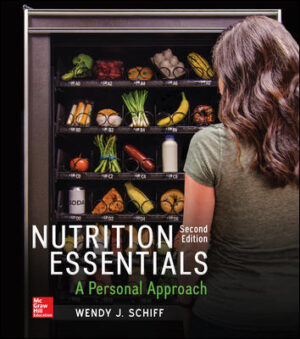Nutrition For Healthy Living 5Th By Wendy Schiff – Test Bank
Do you need test banks fast? eTestBank.net is the best test bank website for you! Download your test bank right after you pay. No waiting!
Why eTestBank.net is Great:
✅ Instant Download:
Get your test bank right away after payment.
✅ Unlimited Downloads:
Download your test bank anytime and as many times as you want.
✅ 24/7 Live Help:
We are here to help you all day, every day.
✅ Guaranteed Delivery:
If you don’t get the download right away, we will send it to you in 3 to 6 hours.
How to Get Your Test Bank:
- Pick Your Test Bank: Choose from many test banks.
- Pay Safely: Pay securely on eTestBank.net.
- Download Instantly: Get your test bank immediately after payment.
- Download Anytime: Unlimited downloads whenever you need them.
Need Help? Contact Us:
📧 Email: [Support@etestbank.net]
📱 WhatsApp: [https://wa.me/message/MC222DLQ4GDXL1r]
Didn’t Get Your Download?
Don’t worry! If you don’t get the file right away, we’ll send it to you in 3 to 6 hours. Need it sooner? Contact us by email or WhatsApp.
💡 Buy now from eTestBank.net for instant downloads, unlimited access, and 24/7 support—get your test bank today!
Chapter 03 Test Bank: Planning Nutritious Diets
Dietary Analysis Programs
1. Which of the following statements is true? A. By using dietary analysis software, you can obtain precise information about your total day’s energy and nutrient intakes.B. Dietary analysis software programs provide exact values for the micronutrient contents of foods. C. The National Nutrient Database for Standard Reference is an Internet tool for assessing the nutrient content of foods.D. The Centers for Disease Control and Prevention maintains the government’s database of the nutrient contents of foods for labeling purposes. Accessibility: Keyboard NavigationBloom’s Level: 1. RememberLearning Outcome: 03.07.01 Explain why different dietary analysis software programs may provide different values for energy and nutrient contents for the same food item.Learning Outcome: 03.07.02 Use the U.S. Department of Agriculture’s websites to estimate the nutritional value of various foods.Section: 3.06Topic: Nutrition monitoring and assessment online Dietary Analysis
2. Which of the following statements is true? A. The Centers for Disease Control and Prevention maintains the government’s database of the nutrient contents of foods for labeling purposes.B. Consumers can use the “What’s in the Food You Eat, Search Tool” to assess the nutrient content of foods.C. Dietary analysis software programs provide exact values for the micronutrient contents of foods.D. By using dietary analysis software, you can obtain precise information about your total day’s energy intake. Accessibility: Keyboard NavigationActivity Type: NewBloom’s Level: 1. RememberLearning Outcome: 03.07.01 Explain why different dietary analysis software programs may provide different values for energy and nutrient contents for the same food item.Learning Outcome: 03.07.02 Use the U.S. Department of Agriculture’s websites to estimate the nutritional value of various foods.Section: 3.06Topic: Nutrition monitoring and assessment analyzing Diets
3. Which of the following statements is true? A. The Centers for Disease Control and Prevention maintains the government’s database of the nutrient contents of foods for labeling purposes. B. The energy and nutrient contents of foods used in dietary analysis software are not necessarily exact values. C. The U.S. Department of Agriculture does not provide information about the nutritional value of foods.D. By using dietary analysis software, you can obtain precise information about your intake of calories and micronutrients. Accessibility: Keyboard NavigationBloom’s Level: 2. UnderstandSection: 3.06Topic: Nutrition monitoring and assessmentApplying Dietary Resources
4. A nutrition scientist wants to develop a nutritionally complete formula diet for adults who are healthy but need to avoid solid food for a while. Based on this information, she is likely to refer to _____ when developing the new formula. A. DRIsB. Exchange System lists. Dietary guidelines. MyPlateAccessibility: Keyboard NavigationBloom’s Level: 3. ApplyLearning Outcome: 03.01.02 Identify the various dietary standards and explain how they can be used.Learning Outcome: 03.04.02 Compare MyPlate with the Exchange System.Section: 3.01Section: 3.03Section: 3.04Topic: Dietary requirementsExchange System
5. Which of the following statements is true?A. “Carbohydrate counting” is a component of the Exchange System. B. The Exchange System and MyPlate use the same food groups. C. People can calculate their vitamin and mineral intakes by using the Exchange System.D. The Exchange System can be used to estimate the carbohydrate content of foods. Accessibility: Keyboard NavigationBloom’s Level: 2. UnderstandLearning Outcome: 03.04.02 Compare MyPlate with the Exchange System.Section: 3.04Topic: Food sources topic: Nutrition computations using the Exchange System
6. The Exchange System allows you to. calculate your DRIs.B. predict your risk of serious chronic diseases such as diabetes.C. estimate your carbohydrate intake.D. interpret nutrition information on food labels. Accessibility: Keyboard NavigationBloom’s Level: 2. UnderstandLearning Outcome: 03.04.02 Compare MyPlate with the Exchange System.Section: 3.04Topic: Food sources topic: Nutrition computationsNutrient Recommendations
7. Which of the following statements is true?A. The adult AMDR for carbohydrates is 45 to 65% of total energy intake.B. A group of scientists at the Academy of Nutrition and Dietetics developed the DRIs.C. Recommended Dietary Allowances meet the nutrient needs of 50% of healthy people.D. Nutrient requirements are the same, regardless of a person’s age or sex. Accessibility: Keyboard NavigationBloom’s Level: 1. RememberLearning Outcome: 03.01.02 Identify the various dietary standards and explain how they can be used.Section: 3.01Topic: Dietary requirementsApplying Dietary Standards
8. Kevin was a participant in a clinical study to determine how much niacin cures pellagra, the niacin deficiency disease. During the study, he consumed only a formula diet that was deficient in niacin. After developing pellagra, he was given 2 mg of niacin a day for 2 weeks, but he still suffered from the disease, so the scientists added 2 mg of the vitamin to Kevin’s formula. By the beginning of the 5th week of the study, the researchers noticed that Kevin’s signs and symptoms were greatly improved. At the end of the 5th week, he was feeling fine. The researchers concluded that. Kevin’s niacin requirement was about 4 mg a day. B. Kevin’s Daily Value for niacin was 4 mg a day. C. The RDA for niacin should be 4 mg.D. The AI for niacin should be 4 mg plus 60 mg as a margin of safety. Accessibility: Keyboard NavigationBloom’s Level: 3. ApplyLearning Outcome: 03.01.01 Explain the difference between a dietary requirement and a dietary allowance.Section: 3.01Topic: Dietary requirementsInterpreting Dietary Standards

